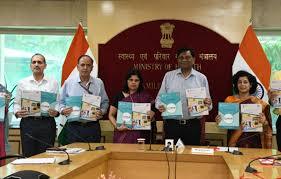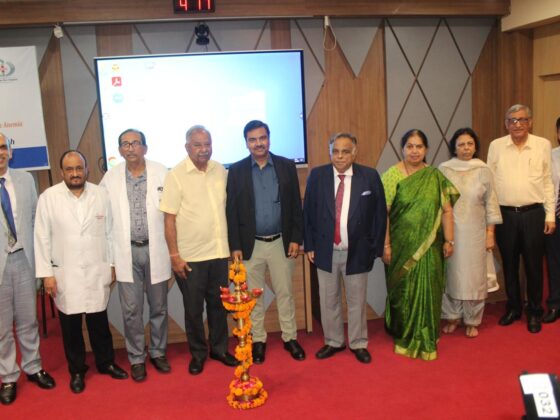The Union Health Secretary, Apurva Chandra, officially launched the ‘Health Dynamics of India (Infrastructure and Human Resources) 2022-23’ on Monday. This annual report, previously called ‘Rural Health Statistics,’ has been published since 1992 and provides essential data on India’s healthcare system. It focuses on both healthcare infrastructure and human resources, offering valuable insights to support policy decisions and improve healthcare services.
A Reliable Source for Healthcare Data
During the release, Health Secretary Chandra emphasized that the document is a reliable and authentic source of information, especially for the National Health Mission (NHM). He stated, “This report helps in understanding the manpower and infrastructure available in healthcare, which is crucial for decision-making, improving processes, and solving problems.”
Cross-State Comparisons and Policy Guidance
The publication gives a detailed overview of the healthcare system in India, allowing for comparisons between states. This cross-analysis helps identify strengths and areas for improvement. “The data enables us to understand what each state needs and to develop policies and campaigns based on their specific requirements,” Chandra added.
In addition, the report compares the performance of different states on various health parameters, highlighting the areas where they are excelling or lagging.
Integrating Health Systems
Chandra also mentioned the importance of reducing the workload on health workers. He suggested integrating the Health Management Information System (HMIS) with the Reproductive and Child Health (RCH) and other ministry portals. This integration would make data uploading easier and ensure that the information is analyzed in a timely and accurate manner.
A Two-Part Report
The ‘Health Dynamics of India’ report is divided into two parts. The first part offers a broad overview of India’s healthcare system, using visual aids like maps and charts to provide clarity. The second part dives deeper into healthcare facilities, workforce data, and demographic indicators, providing detailed insights for better planning and management.
This annual publication continues to serve as an important tool in understanding and improving India’s healthcare infrastructure, especially in rural, urban, and tribal areas.











